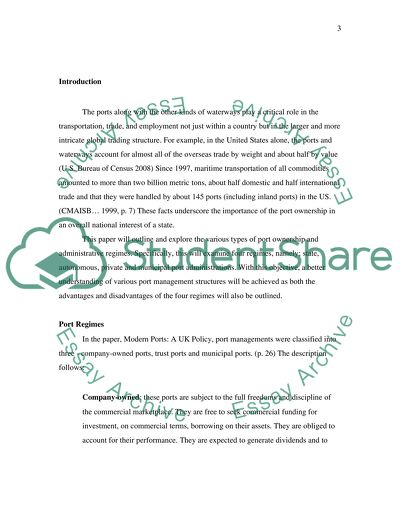Cite this document
(“Different types of port ownership and administrative regimes Essay”, n.d.)
Retrieved from https://studentshare.org/miscellaneous/1549502-different-types-of-port-ownership-and-administrative-regimes
Retrieved from https://studentshare.org/miscellaneous/1549502-different-types-of-port-ownership-and-administrative-regimes
(Different Types of Port Ownership and Administrative Regimes Essay)
https://studentshare.org/miscellaneous/1549502-different-types-of-port-ownership-and-administrative-regimes.
https://studentshare.org/miscellaneous/1549502-different-types-of-port-ownership-and-administrative-regimes.
“Different Types of Port Ownership and Administrative Regimes Essay”, n.d. https://studentshare.org/miscellaneous/1549502-different-types-of-port-ownership-and-administrative-regimes.


